
Ooops, Guess I’ve Been Doing This Wrong: Why You Should Rethink Using Saucers Under Planters
Planter saucers are a common go-to for both beginner and experienced plant lovers. They’re designed to catch excess water that drains from pots, protecting floors and furniture from spills. Saucers come in various materials—from plastic and ceramic to metal and terra cotta—and are often chosen to match the planter’s design. While they might seem like a clean and practical solution, research and expert insights suggest they can actually cause more harm than good to your plants and your home environment.
According to Better Homes & Gardens, improper water drainage is one of the leading causes of houseplant decline. When saucers trap water beneath the pot, they disrupt natural airflow and prevent roots from drying properly between waterings, often leading to root rot and pest issues (BHG, 2024).
The Hidden Problems with Using Saucers
While saucers appear useful, their drawbacks can seriously affect both plant health and household maintenance. Standing water can damage roots, attract pests, encourage mold, and even ruin wood flooring. Understanding these potential issues allows you to adopt better watering and drainage habits.
1. Risk of Overwatering and Root Rot
Root rot is one of the most common—and deadly—houseplant problems. When water sits at the bottom of a saucer, the soil stays saturated, depriving roots of oxygen. Over time, this damp environment causes roots to decay. The Royal Horticultural Society (RHS) explains that oxygen-deprived roots can no longer absorb nutrients effectively, which leads to drooping leaves and stunted growth (RHS, 2024).
To prevent this, ensure planters have drainage holes and empty saucers promptly after watering. Allowing the soil to dry slightly between waterings mimics the natural rhythm most plants need to thrive.
2. Attraction of Pests and Mold Growth
Still water is a perfect breeding ground for pests like fungus gnats and mosquitoes. According to The Guardian’s Gardening Guide, these insects are particularly drawn to warm, damp areas—exactly what saucers create indoors (The Guardian, 2023). Additionally, stagnant moisture promotes mold and mildew growth, which can spread not only to other plants but also into the air you breathe.
Mold spores can aggravate allergies and asthma, making saucer maintenance a health issue as much as a gardening one. Keeping your plants elevated and ensuring proper air circulation are simple yet effective ways to prevent these problems.
3. Water Damage to Floors and Furniture
Even with saucers, water leakage can occur. Porous materials like unglazed clay or ceramic can allow moisture to seep through, causing stains or warping on wood floors. Good Housekeeping recommends using waterproof mats or cork pads under planters instead of traditional saucers to protect surfaces while allowing air to circulate (Good Housekeeping, 2024).
Wood damage from moisture exposure is one of the most common household repair expenses related to plant care. Taking small precautions now can prevent costly fixes later.
4. Limited Airflow and Poor Drainage
Healthy root systems require airflow. When pots sit flat on saucers, airflow is restricted and water drainage slows. This lack of oxygen can weaken roots, encourage bacterial growth, and cause soil compaction. Experts from House Beautiful suggest elevating pots with small risers or plant stands to keep airflow consistent and avoid suffocating roots (House Beautiful, 2024).
Alternatives to Using Saucers
Pebble Trays:
A pebble tray is an excellent alternative. Fill a shallow tray with small pebbles, then add water just below the surface. Place your planter on top so that excess water drains without the pot sitting directly in it. The evaporating water also boosts humidity—perfect for tropical houseplants.
Self-Watering Planters:
These pots feature a built-in reservoir that maintains optimal moisture without oversaturation. According to CNN Underscored Home, self-watering systems can reduce watering errors by up to 50%, making them ideal for busy plant parents (CNN, 2024).
Plant Stands or Risers:
Elevating pots on stands promotes better airflow and makes watering easier. Choose materials like bamboo or metal that won’t absorb moisture.
Additional Tips for Better Drainage
-
Use pots with multiple drainage holes.
-
Mix perlite, pumice, or coarse sand into potting soil for aeration.
-
Check soil moisture with your finger before watering—if it’s still damp, wait a day or two.
-
Rotate plants occasionally to promote even airflow and light exposure.
The Bottom Line
While saucers might seem like a small detail, they can have a big impact on your plant’s health and your home’s condition. As The New York Times Gardening Section puts it, “Healthy roots start with healthy drainage.” By replacing saucers with alternatives like pebble trays or self-watering planters, you create a cleaner, healthier, and more sustainable environment for both your plants and your living space.
Sometimes, as it turns out, less protection under your pot means more protection for your plants.
News in the same category


EXCLUSIVE: Kerry Katona 'upset' over 'selfish' Katie Price as cracks show in friendship

Big Brother fans fume ‘she can't get away with this’ as they slam housemate
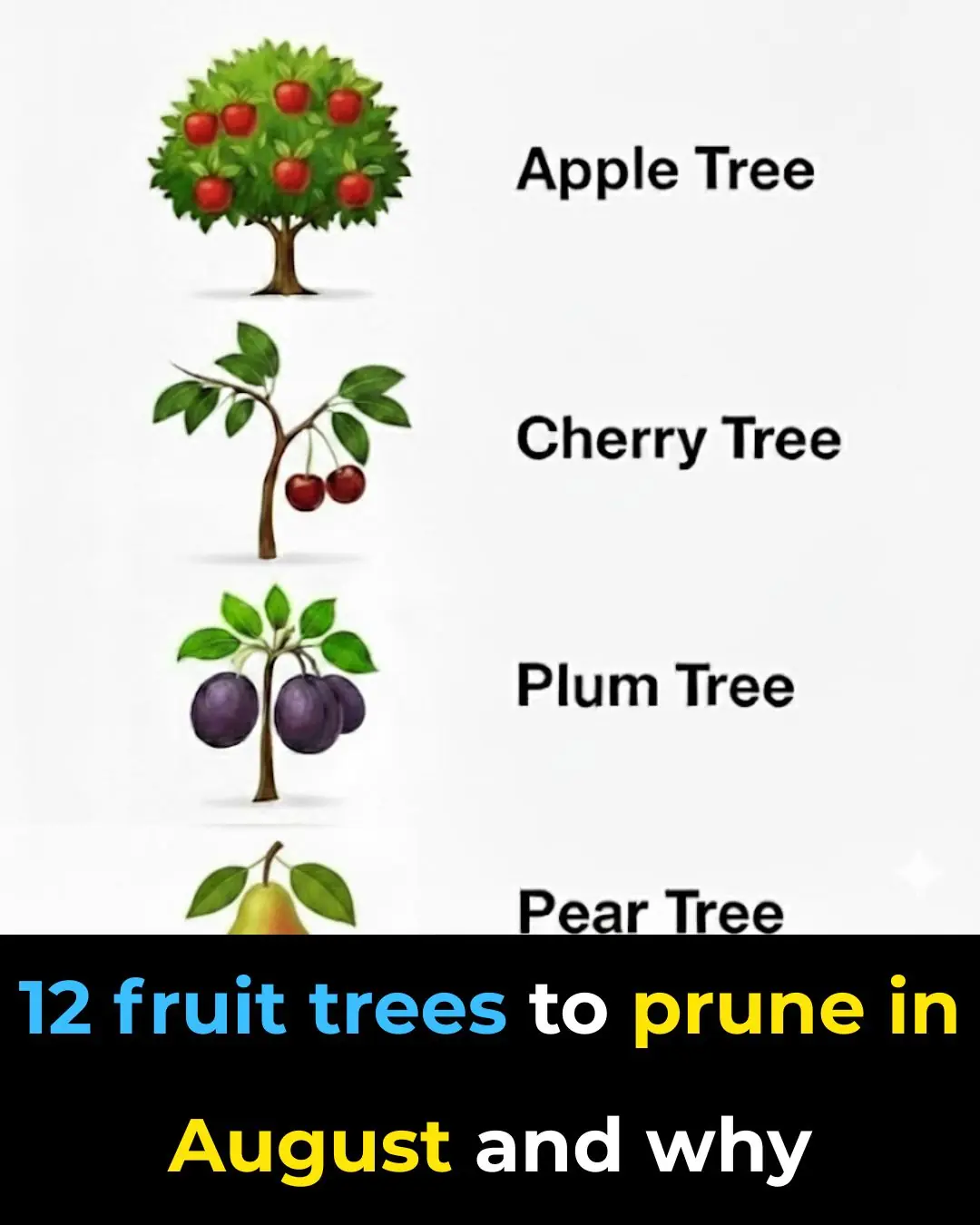
12 Fruit Trees You Must Prune in August — and the Science Behind It

If You Find This Snake in Your Yard, Don’t Harm It — Here’s Why
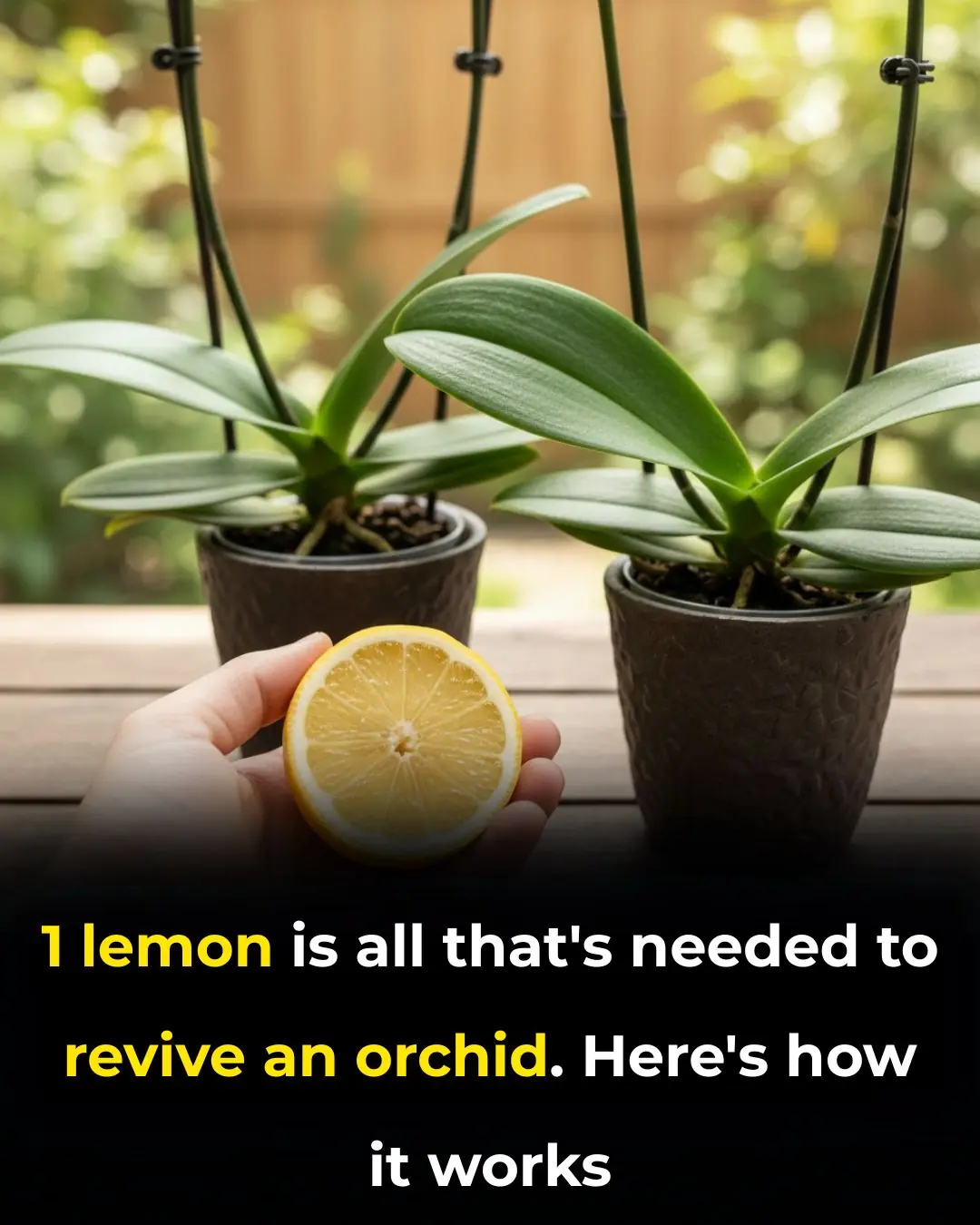
1 Lemon Is All You Need to Revive an Orchid: Here’s How It Works

4 Good Reasons Everyone Should Read Ralph Ellison’s ‘Invisible Man’ At Least Once

Don’t Yank This from the Cracks: Why Dandelions Deserve a Second Look

Soap Water: A Gardener’s Secret Weapon for Natural Pest Control
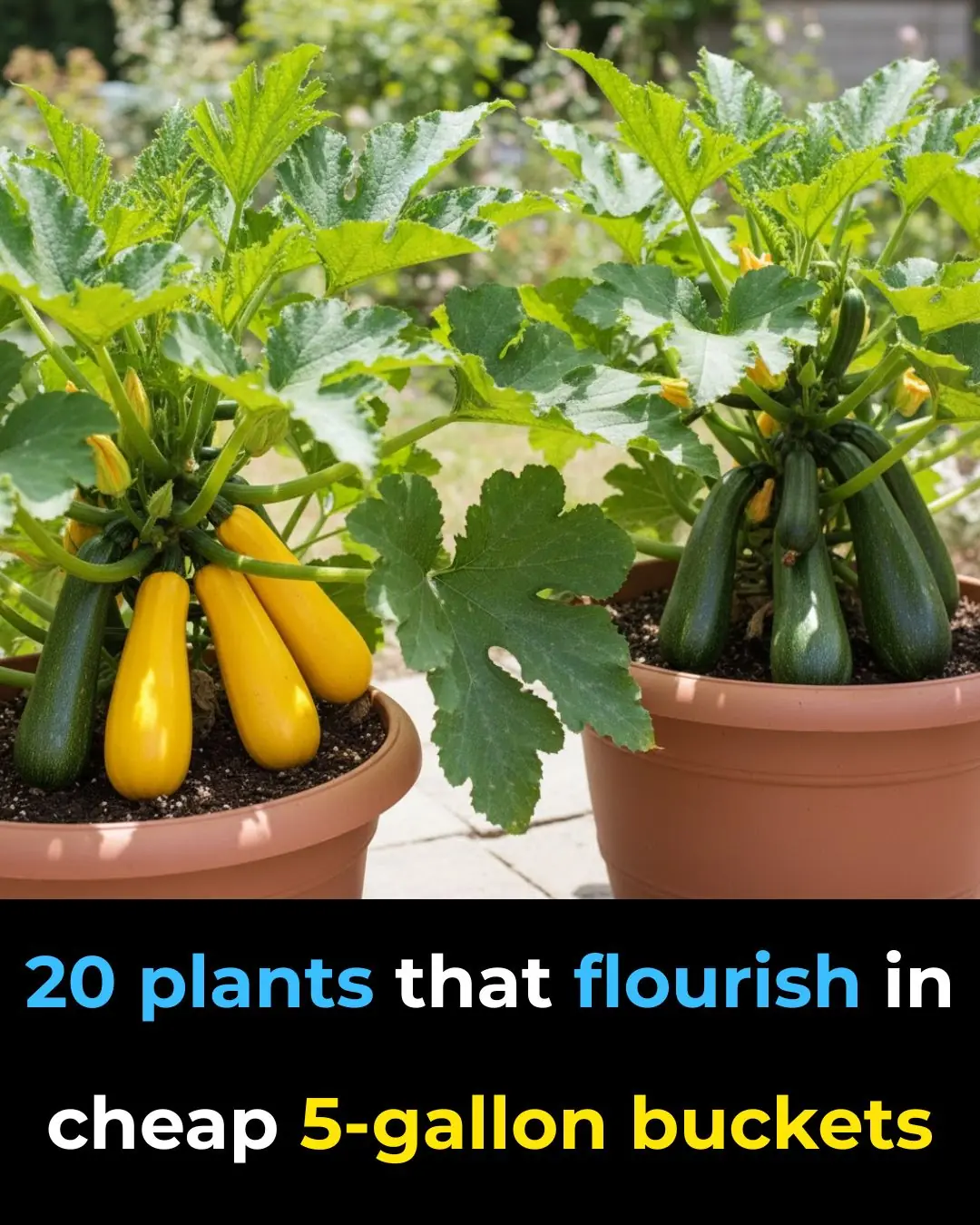
20 Plants That Thrive in Cheap 5-Gallon Buckets

Strictly star Vicky Pattison left in tears after Motsi Mabuse’s comment

Strictly Come Dancing fans ‘gutted’ as Halloween Week results leak and fan favourite heads home

Ex-SNL star Leslie Jones reveals tense encounter with ‘a–hole’ director at ‘SNL 50’ party: ‘Get your f–king hand off me’

How Sydney Sweeney reacted to jokes about her chest at Matt Rife comedy show — alongside Scooter Braun

Complaints pour in over treatment of Strictly’s longest-serving judge Craig Revel Horwood

Meet Mary J. Wilson, The First Black Senior Zookeeper At The Maryland Zoo

Meet the Black Woman Who Created a Nail Polish Line That Caters to Darker Skin Tones

Meet the Compton Teacher Who Sparked Kendrick Lamar’s Love for Words

Autumn Lockwood Is The First Black Woman To Coach In The Super Bowl
News Post

When making spring roll filling, remember 1 step carefully

Washing and conditioning hair with beer helps reduce hair loss and stimulates continuous hair growth

Soak your whole body with warm ginger water before going to bed.

Discover the Meaning of a Black Cat Approaching You

Add ice cubes to the bone broth
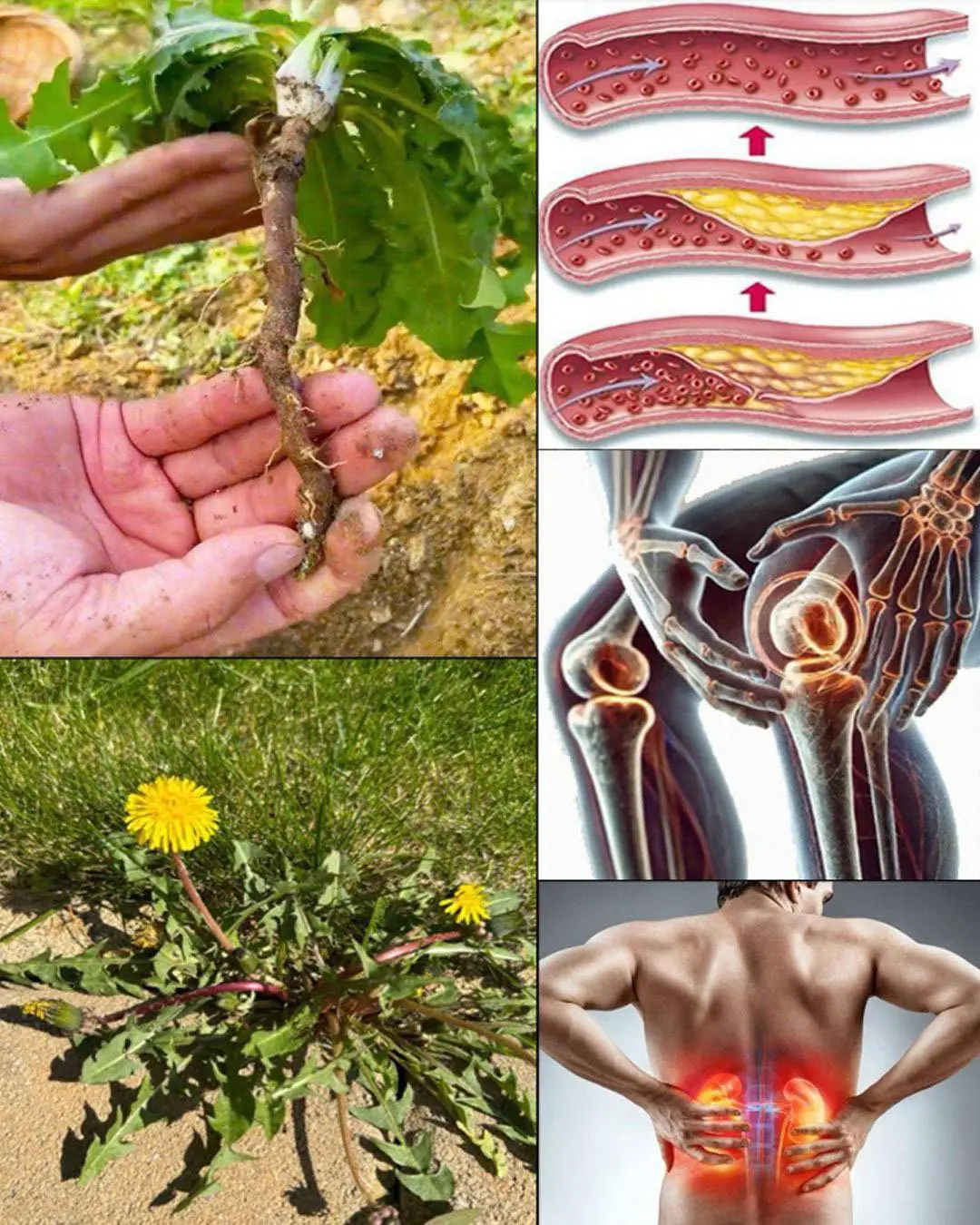
11 Benefits of Dandelion Roots
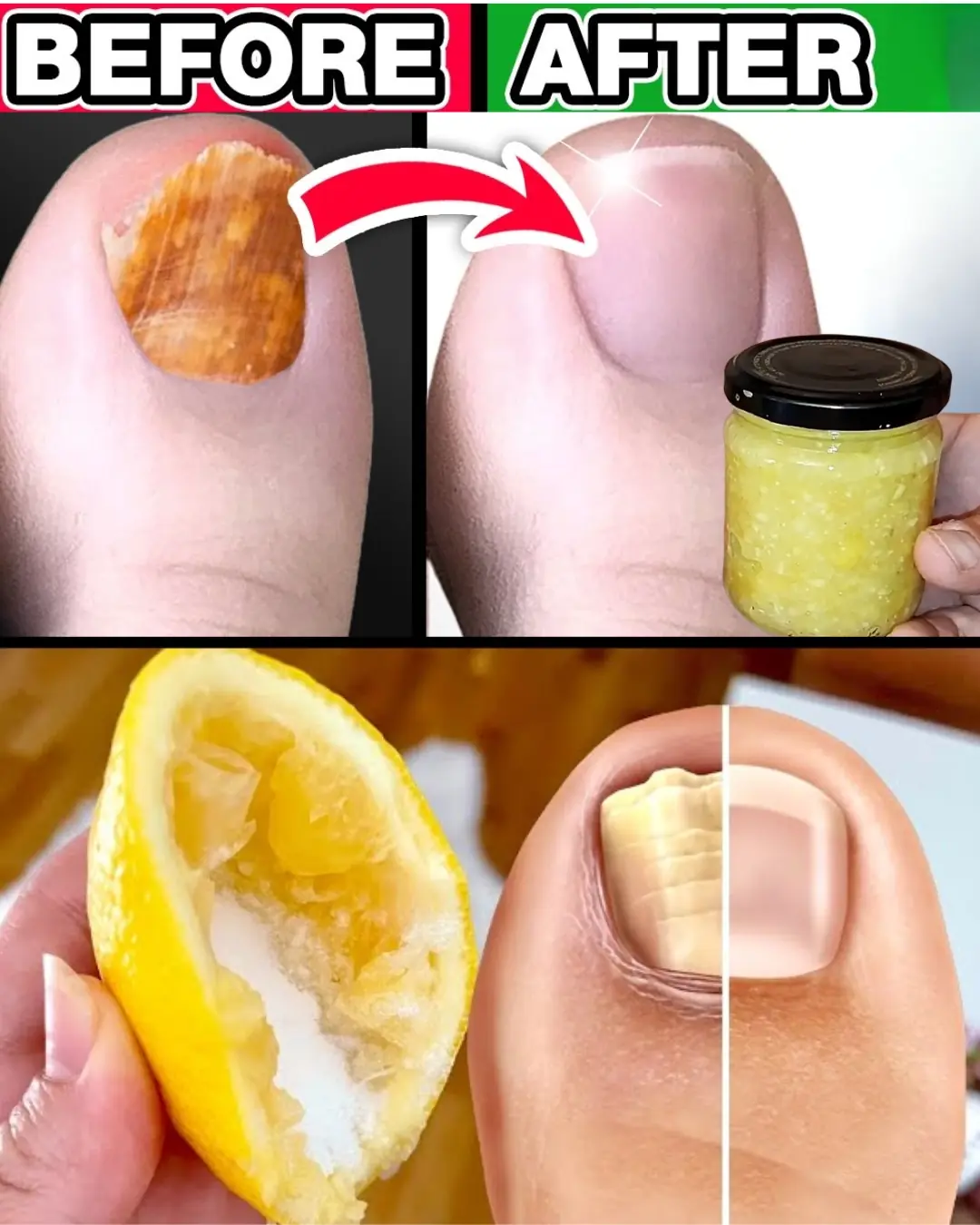
#1 Absolute Best Toenail Fungus Cure You Can Make at Home with Just 3 Ingredients
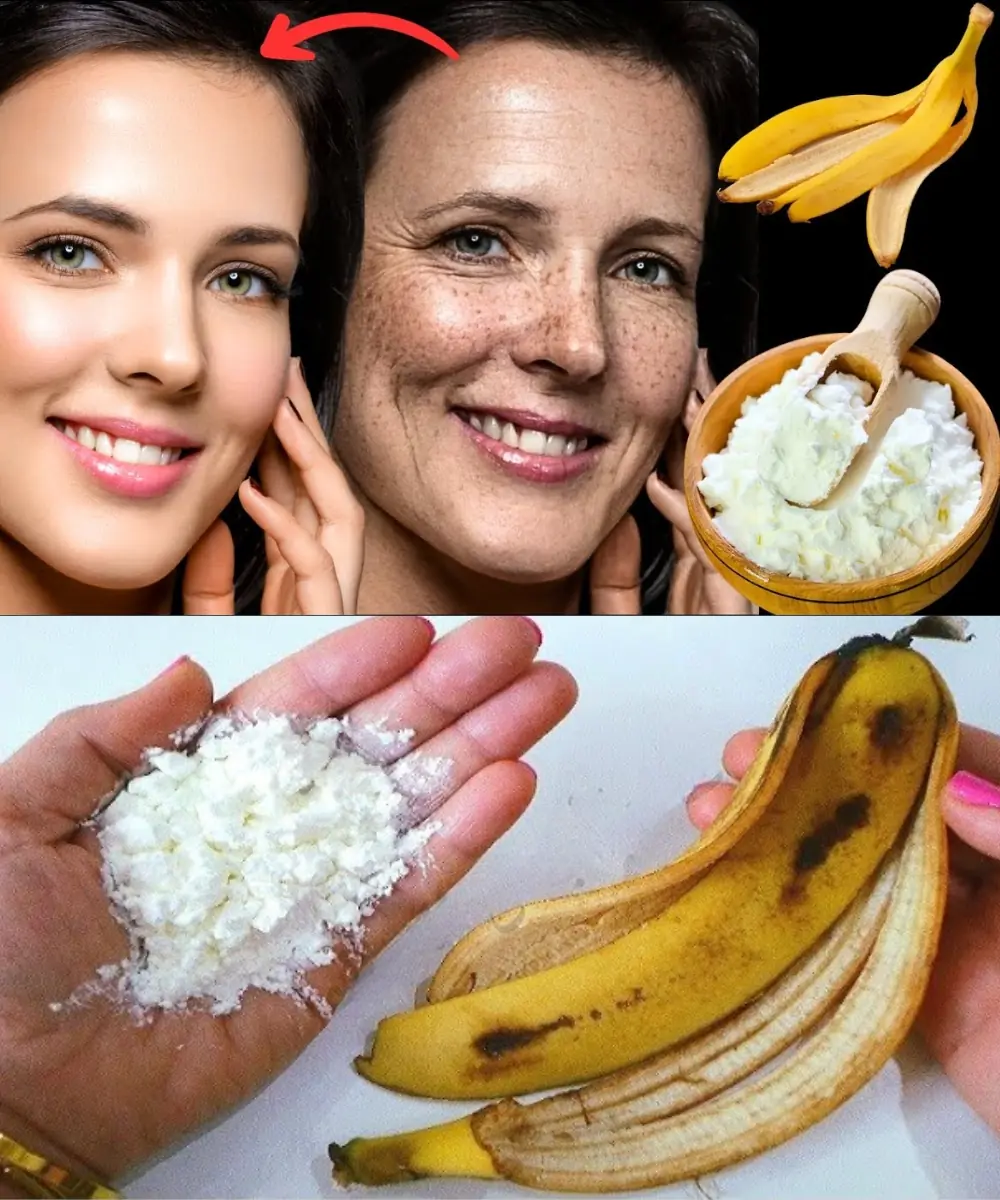
Banana Peel & Cornstarch: A Natural Skin Hack That Could Help You Look Younger
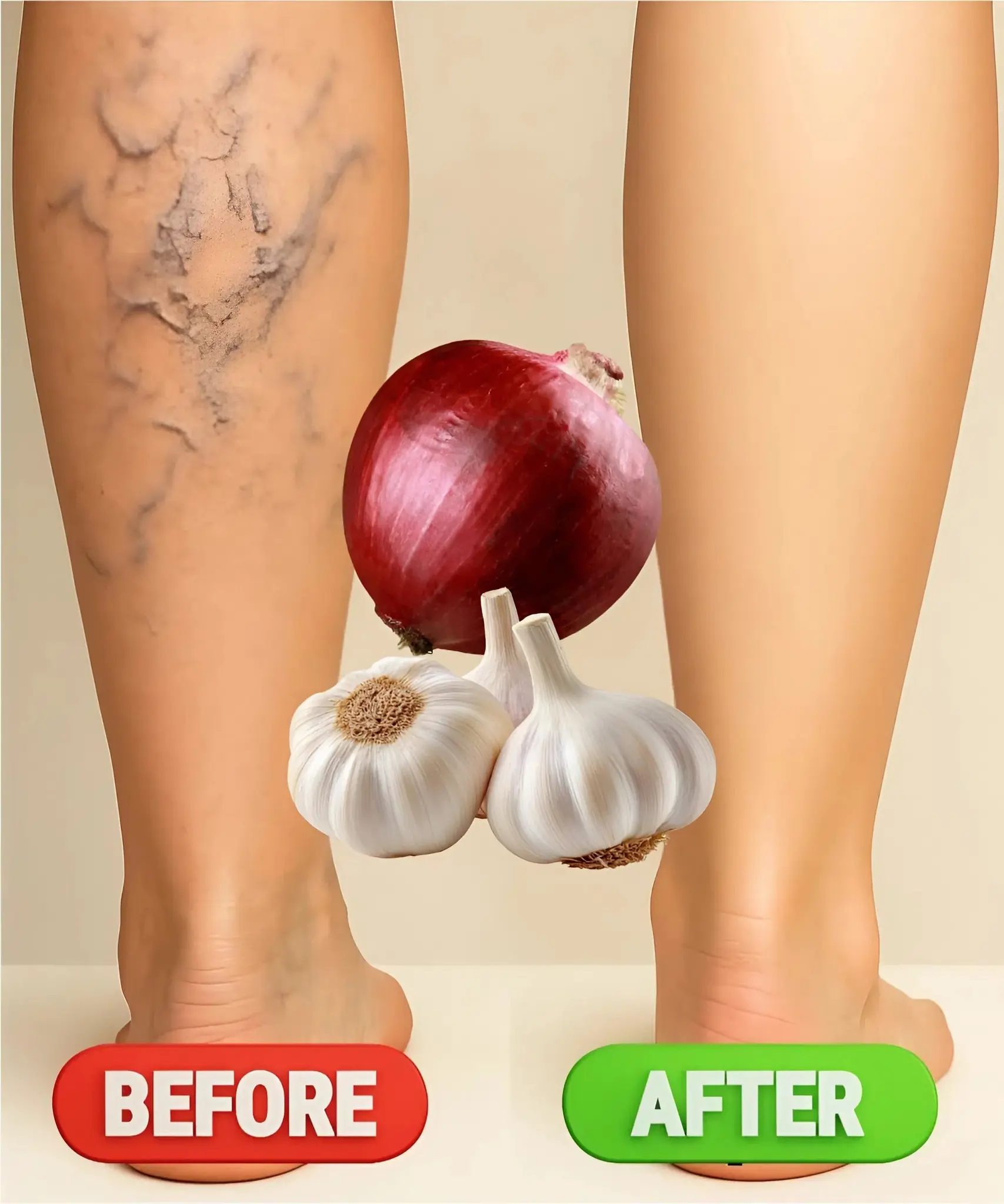
Homemade Remedies for Varicose Veins with Onion, Garlic, and Apple Cider Vinegar
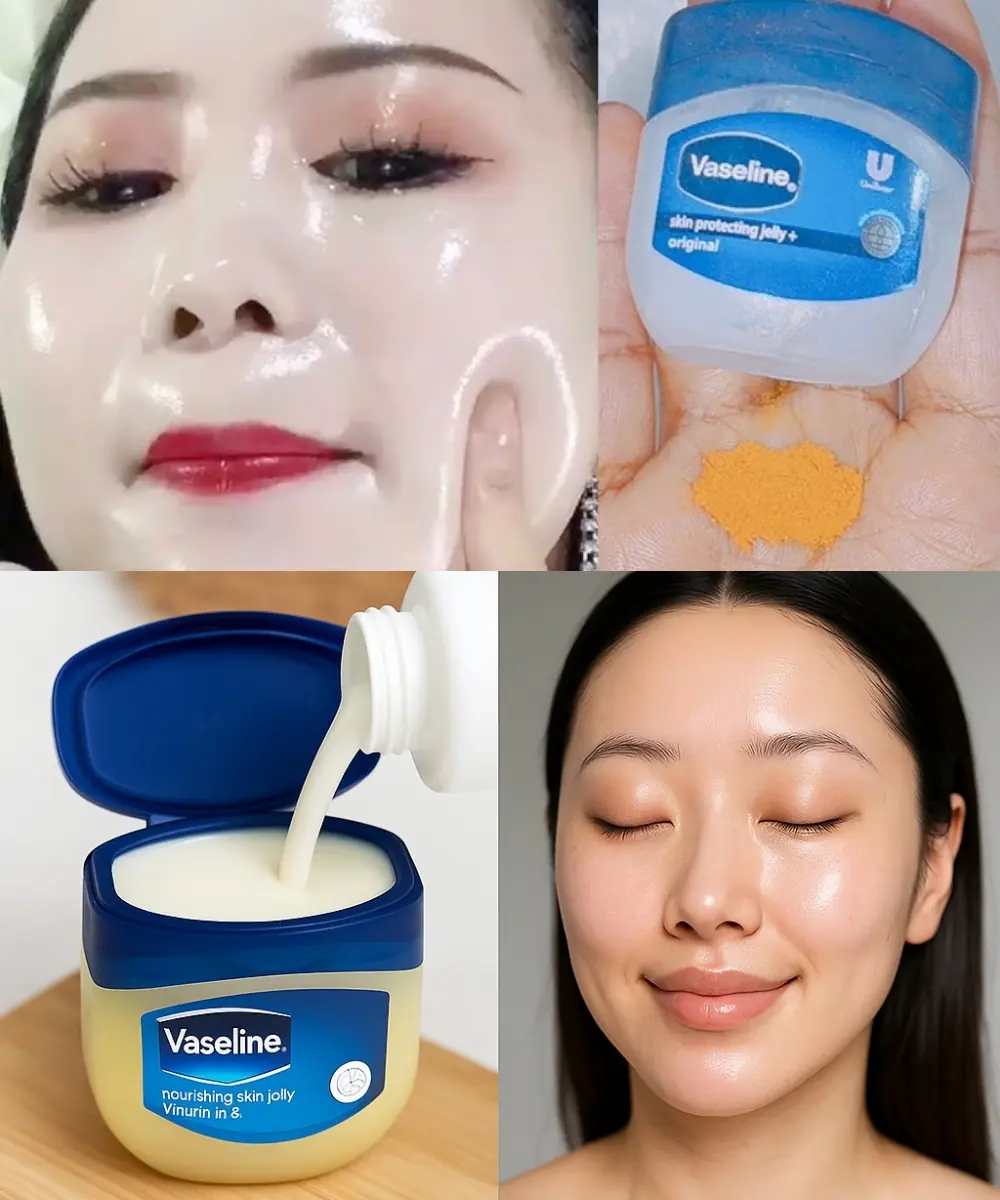
Crema Casera con Vaselina que Rejuvenece la Piel al Instante
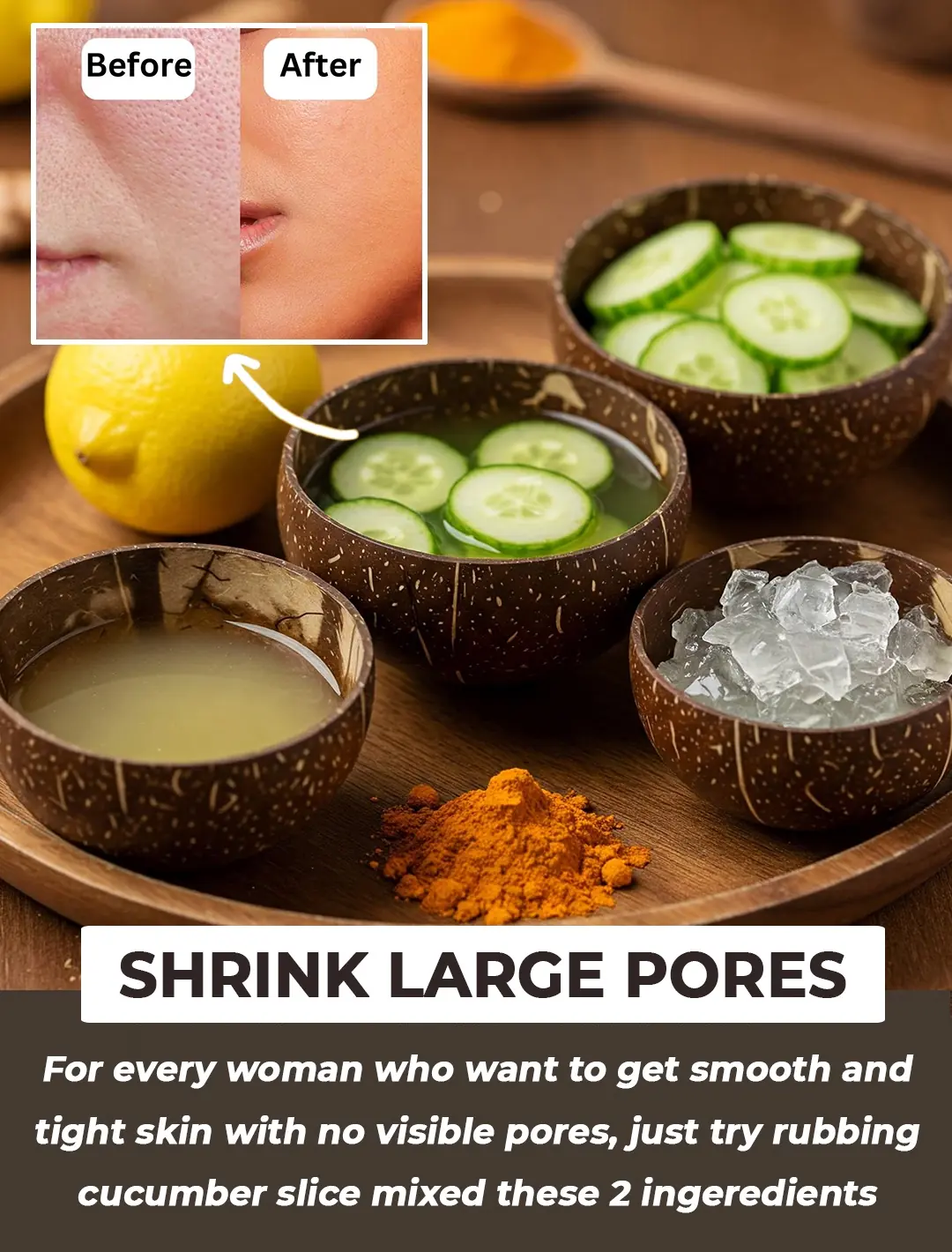
Top 5 Natural Remedies to Shrink Enlarged Pores and Achieve Smooth Skin
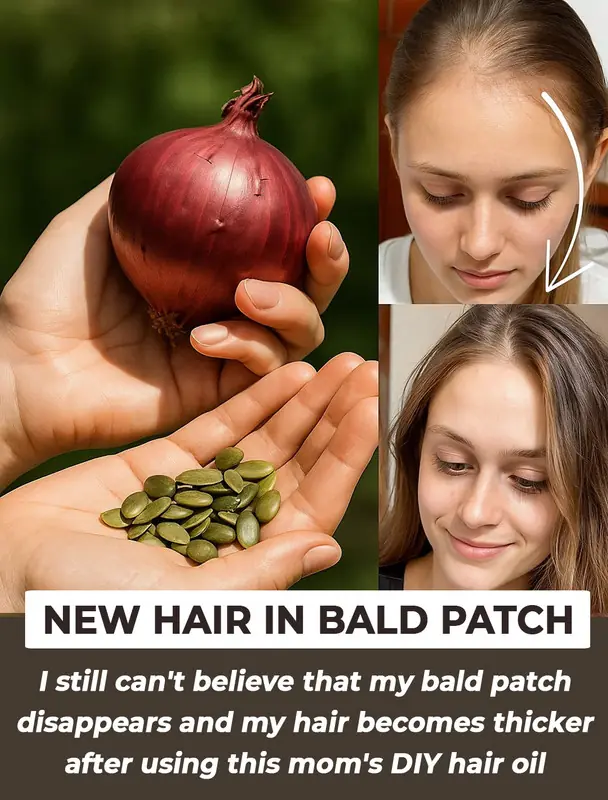
DIY Onion Sunflower Seed Oil: Get New Hair In Bald Patches

Homemade Carrot Oil for Glowing Skin: A Natural Solution for Dark Spots, Wrinkles & Anti-Aging
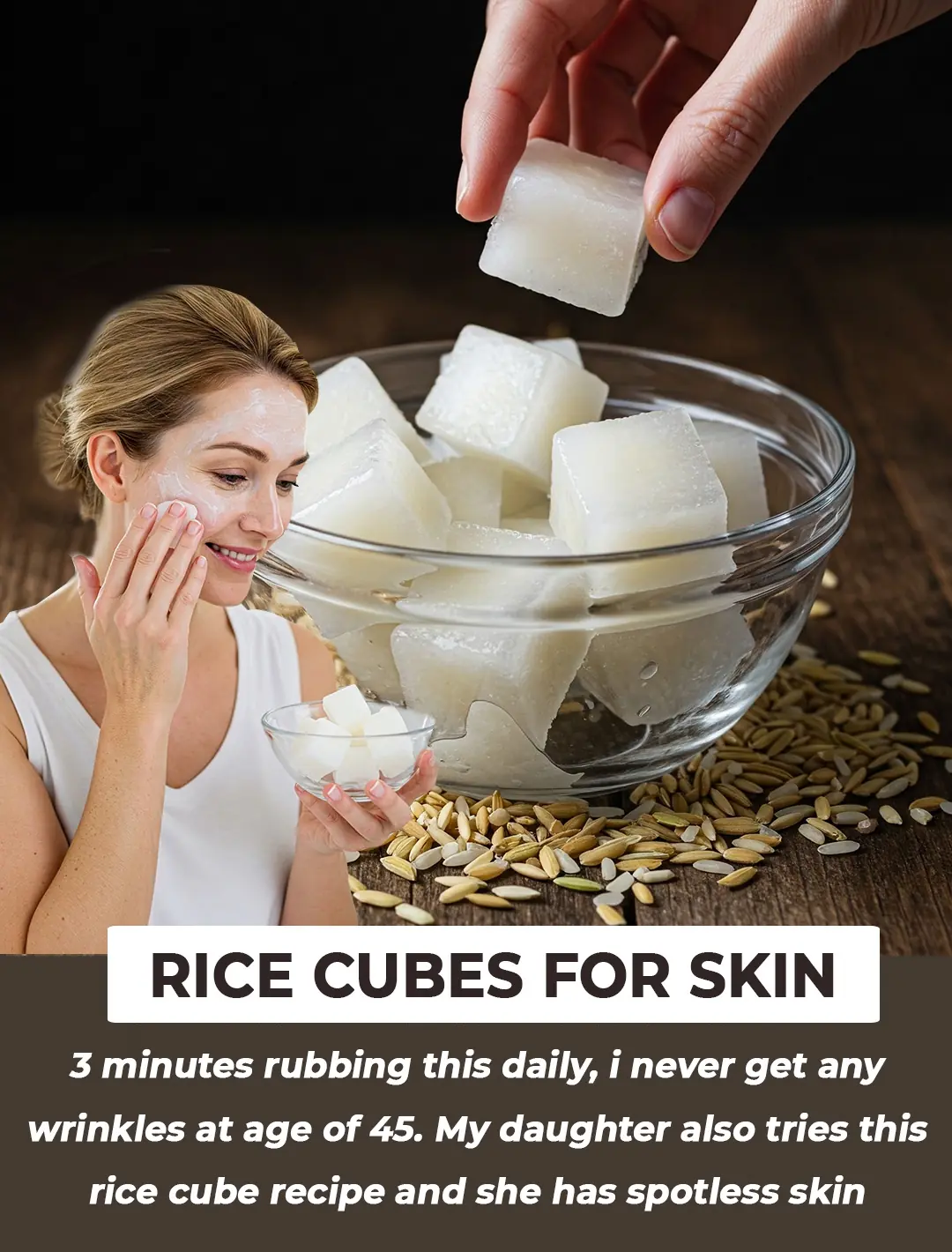
Glow Ice: Rice Water Cubes to Shrink Pores and Get Clear, Radiant Skin

The Body’s Intuition: Signs of an Impending End
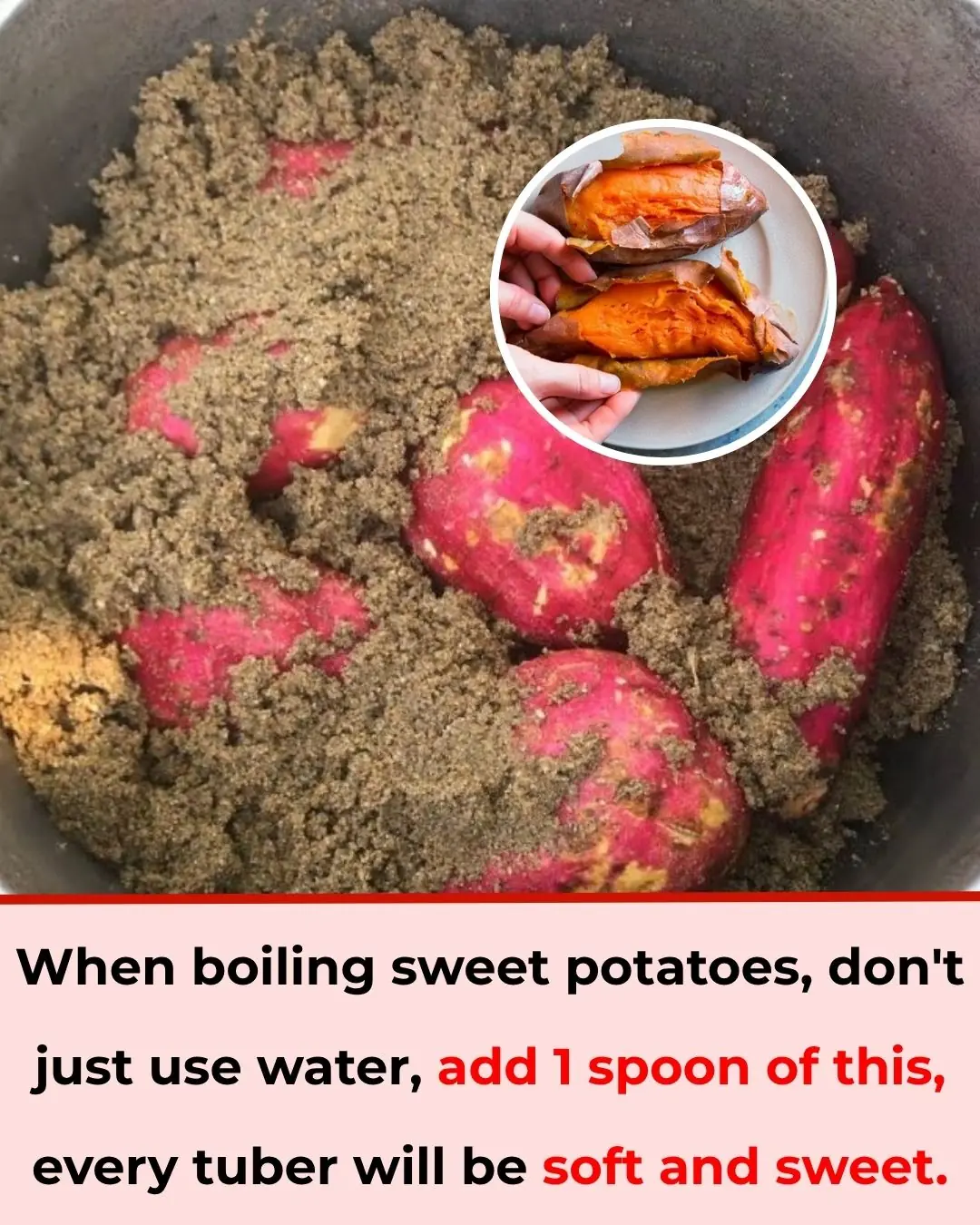
When boiling sweet potatoes, don't just use water, add 1 spoon of this, every tuber will be soft and sweet

Stir-fried beef is tough: Add these 3 steps, the meat will be softer, sweeter, and tastier than in restaurants

The Shoes You Pick Reveal What Kind of Woman You Are

Dead Butt Syndrome Is Real
